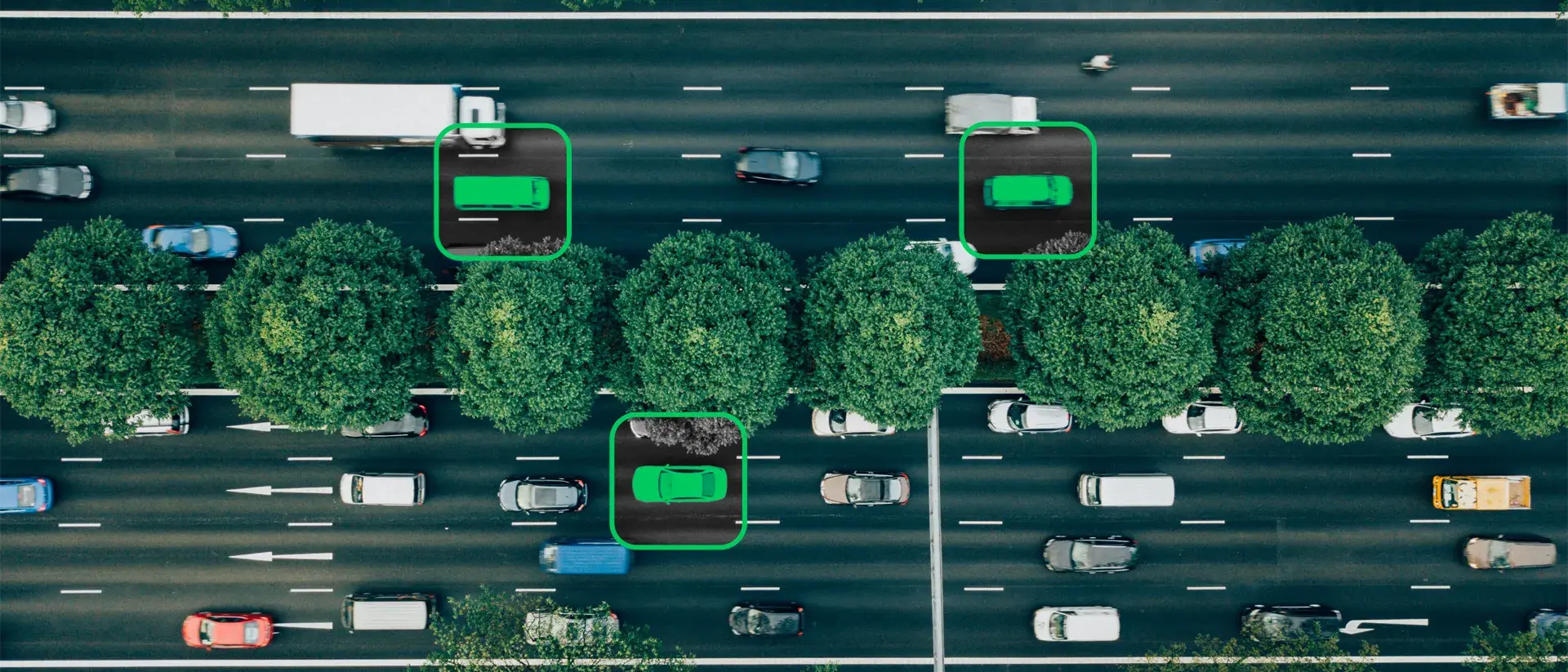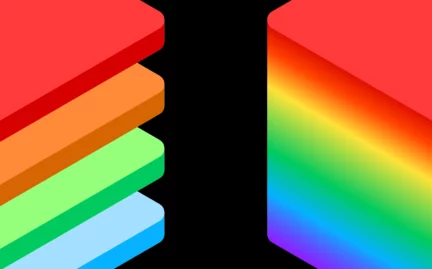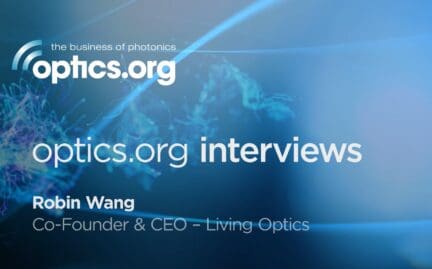The release of ChatGPT in November 2022 led to an explosion of interest in AI, with more and more companies rushing to release new AI-powered products and finding productive ways to integrate AI into their workflows.
While the surge in large language models and generative AI use cases is consuming the market, it is easy to overlook another vital application of the technology that has been transforming society for the last few decades: Computer Vision (CV).
What do you need from a computer vision camera?
Computer vision (CV) refers to AI capable of deciphering visual information (images, videos, etc.) to return meaningful information, such as classifying, identifying, and tracking objects across images.
The development of machine learning techniques and models for more advanced computer vision analysis has enabled new use cases across various industries. From enhanced security features using facial recognition and improved diagnostics in healthcare to robotics safely interacting with their environment in real-time and much more.
Computer vision for image analysis makes it possible to automate visual tasks and surpass human performance while drastically reducing the time required.
Projections put the global CV market at $26.64 billion in 2024. With an estimated compound annual growth rate (CAGR) of 11.69%, that figure is expected to almost double by 2030 ($50.97 billion).
Much of the discussion around computer vision focuses on software advancements and the development of AI-powered algorithms that recognise visual patterns and return actionable information.
But it is also essential to consider the hardware side of the field. In particular, the computer vision cameras that deliver the raw data for analysis and the potential enhancements from integrating hyperspectral cameras and making use of greater spectral resolution.
Making hard hardware decisions – Selecting a camera for computer vision systems
There is a saying in computer science, “garbage in – garbage out,” describing how poor quality data limits the performance of a system. This principle certainly applies to CV, with computer vision analysis algorithms unable to output meaningful results when fed low-quality images.
Selecting a camera for computer vision is the most important hardware decision. If the AI model is the system’s brain, understanding visual concepts and breaking down images, the computer vision camera is the eyes, sending what it sees for analysis.
So, what do you need to consider when finding the right camera for computer vision use cases?
First of all, you must determine the goal of the CV system and define the level of precision required to ensure it returns accurate information. Listed below are camera specifications to consider for computer vision analysis.
Computer vision cameras – specifications to consider
- Resolution – Higher resolution means more pixels for a sharper, higher-quality image. While this can improve the performance of a CV system, it also requires greater computational resources with more data to process and store.
- Frame rate – The speed at which the camera can capture images, typically measured in frames per second. Higher frame rates lead to smoother video feeds and the ability to track high-speed objects accurately. Again, higher frame rates require more computational resources.
- Bit rate – The amount of data output from the camera per second. Bit rate is a measure of video quality with more data corresponding to higher quality but also more data processing.
- Power consumption – How much power the camera needs to operate and how that power is provided. For example, can it be powered through a data connection, or does it require a separate source?
- Budget – The cost of the camera and how that affects the economic viability of the system.
- Interface & compatibility – How the camera fits with the broader CV system. A camera that can easily interface with the chosen development environment dramatically improves deployment and reduces development time.
Monochrome vs RGB cameras
Another critical aspect when selecting a camera is monochrome vs RGB (red, green, and blue).
Monochrome cameras return simple black-and-white images. They only measure the relative amount of light at each pixel, throwing away any spectral information. For some computer vision applications, this may be all that is required. In these situations, monochrome sensors offer a low-cost solution.
However, most computer vision systems require RGB cameras to produce meaningful outcomes. Colour images deliver the additional information to distinguish between different objects in the picture.
But what if you could go further than three channels, measuring spectral images to improve the classification of different objects and even reveal chemical information at the pixel-by-pixel level?
Hyperspectral imaging – Computer vision in spectral images
Hyperspectral imaging (HSI) provides just that, outputting 30+ channels to deliver both spectral and spatial information. With the ability to recreate the spectra of light incident for every pixel of the camera, HSI reveals chemical signatures across the image to distinguish between objects based on more than just colour.
Computer vision analysis using spectral images reveals significantly more information. This leads to many new use cases across different fields, including healthcare, agriculture, food safety, environmental monitoring, archaeology, waste sorting, defence, and others.
Computer vision for image analysis automates visual tasks, improving upon what is possible using human inspection alone. But why should it be limited to measuring light using the same format as the human eye? HSI extends CV capabilities, moving beyond traditional RGB imaging to see the world in much more detail.
Plus, with HSI hardware delivering images packed with spectral information, it is possible to simplify CV algorithm development, significantly reducing training and development costs and improving processing times. With more data available for image analysis, less sophisticated CV software is required. You don’t need to create data when you are measuring it.
However, there are real challenges to combining HSI and CV technology. These include reduced light throughput, lower frame rates, and considerably larger compute requirements due to significantly more data being output.
Thankfully, the Living Optics camera and development kit offer a new way of bringing spectral information to computer vision.
Living Optics Camera
The Living Optics Camera is a next-generation HSI device capable of returning VIS-NIR spectral images at video frame rates and in real-time. It aims to democratise HSI, providing the benefits of hyperspectral data to CV developers, regardless of their use case.
An all-in-one solution, the Living Optics Camera offers the compute power and tools for spectral imaging and analysis. Plus, the accompanying development kit is designed for ease of use, seamlessly integrating with popular CV development workflows and software.
Get in touch today to learn more about the future of computer vision analysis using spectral images.



